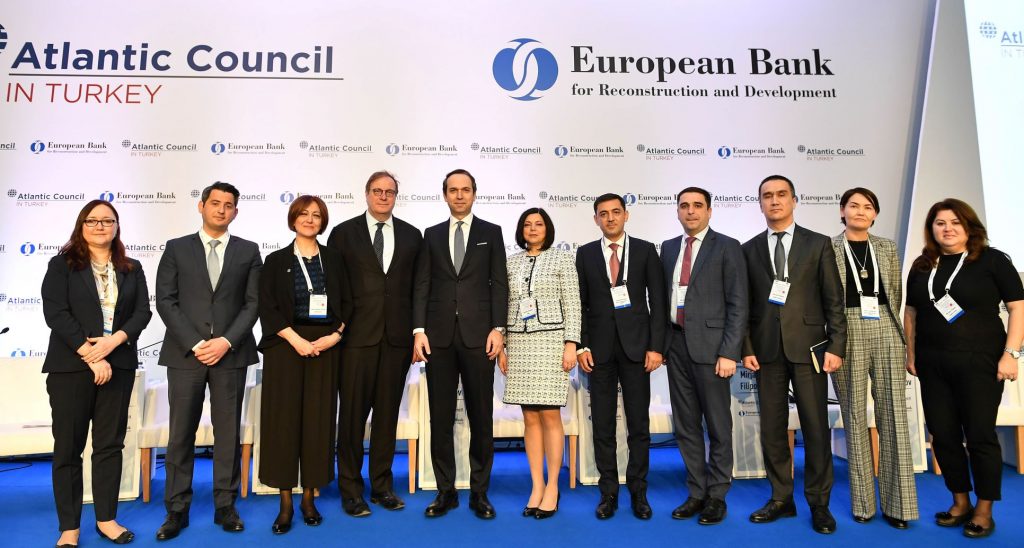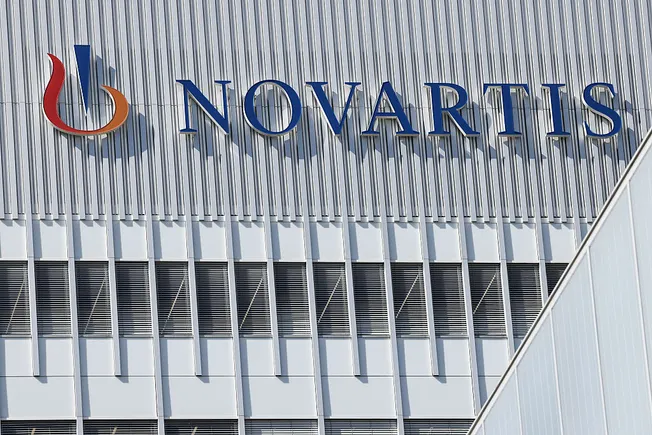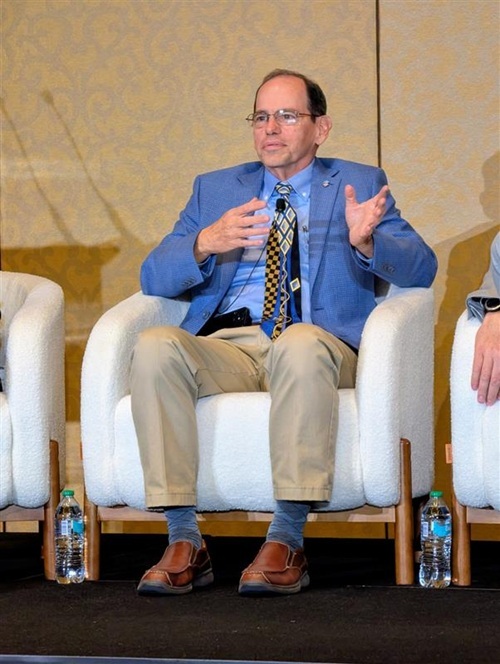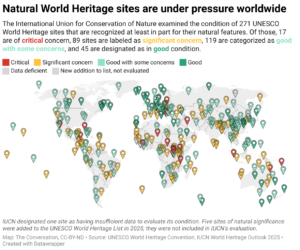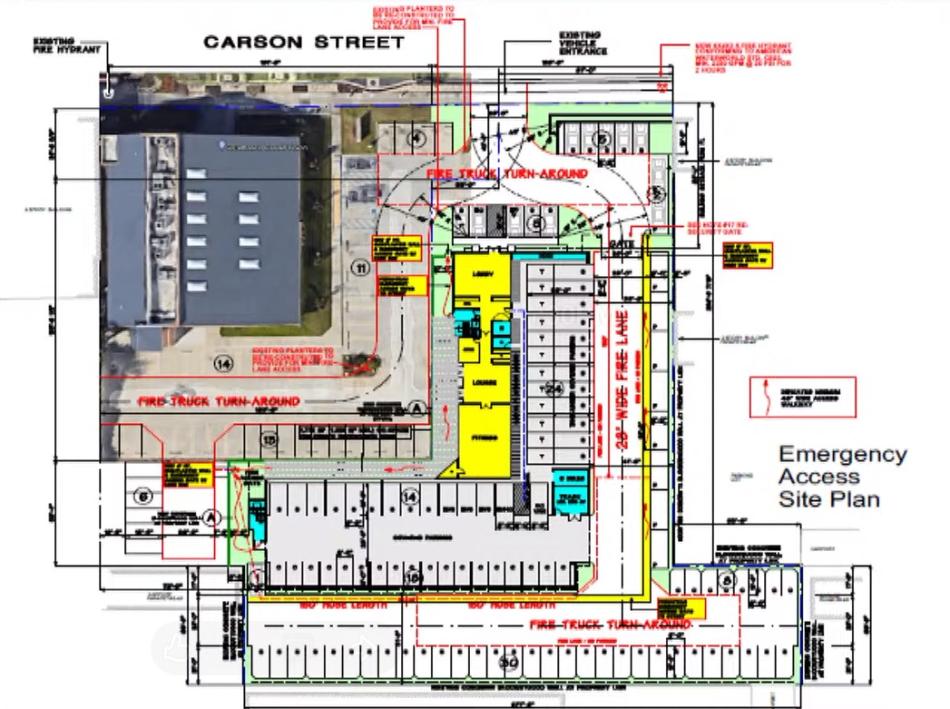Waste Management representatives address recycling issues in Pinson – The Trussville Tribune

Report on Municipal Recycling Services in Pinson and Alignment with Sustainable Development Goals
Introduction: Municipal Waste Management and Sustainable Cities
A Pinson City Council meeting addressed significant public concerns regarding the efficacy of municipal recycling services provided by Waste Management. The issues raised directly pertain to the city’s commitment to achieving Sustainable Development Goal 11 (SDG 11): Sustainable Cities and Communities, particularly Target 11.6, which focuses on reducing the adverse environmental impact of cities through effective waste management.
Investigation Findings on Recycling Practices
In response to resident claims that recyclable materials were being disposed of in landfills, Waste Management conducted an internal investigation. Representatives presented the findings to the council, revealing a substantial deviation from expected recycling protocols. The investigation’s key findings highlight a failure to support sustainable waste management systems.
- Landfill Diversion Rate: 52.8% of collected recycling loads were transported to a landfill.
- Recycling Center Processing Rate: Only 47.2% of loads were delivered to the appropriate recycling facility.
Systemic Failures in Achieving SDG 12: Responsible Consumption and Production
The primary reason cited for diverting recyclables to landfills was load contamination. This points to a systemic challenge in achieving SDG 12: Responsible Consumption and Production, which calls for substantially reducing waste generation through recycling (Target 12.5). The investigation revealed two core failures:
- Operational Protocol Breakdown: Collection drivers were reportedly making unilateral decisions to take contaminated loads to the landfill, believing they were acting correctly. This practice bypassed the recycling center’s role as the designated authority for sorting and rejecting materials.
- Lack of Public Awareness: Widespread contamination was observed, indicating a gap in community understanding of proper recycling. Common non-recyclable items found in bins included:
- Plastic bags, which damage sorting machinery
- Electronics
- Styrofoam
This lack of knowledge among both residents and service provider staff presents a significant barrier to establishing the responsible consumption patterns necessary to meet sustainability targets.
Corrective Actions and Public Accountability
To address these failures and realign with sustainability objectives, several corrective measures were discussed. However, public testimony underscored the long-term nature of the service failure and demanded accountability, reflecting the principles of SDG 17: Partnerships for the Goals, which relies on transparent and accountable institutions.
Proposed Interventions
- A new directive was issued instructing all drivers to transport all recycling collections to the recycling center, which will assume full responsibility for sorting and rejection.
- The City of Pinson has initiated a public education campaign, using social media to distribute graphics that clarify which items are acceptable for recycling.
- The Mayor issued a definitive statement prohibiting all forms of plastic bags in recycling bins.
Community Response and Call for Accountability
A resident presented evidence suggesting that over a 43-month period, recyclables were correctly processed only 17 times. This testimony challenges the narrative that the issue is recent, framing it as a long-term service failure. The resident advocated for financial reimbursement to citizens who paid for a service that was not adequately rendered, calling for greater accountability from the private sector partner.
Conclusion and Next Steps
The investigation confirms a significant breakdown in Pinson’s recycling program, undermining progress toward SDG 11 and SDG 12. The failure stems from a combination of inadequate operational procedures at Waste Management and insufficient public education on waste separation. The Mayor has committed to further discussions with recycling center officials to address the historical service gaps and establish a more robust and accountable system. Moving forward, strengthening the partnership between the city, its service provider, and its residents is critical to developing an effective waste management system that aligns with global sustainability goals.
1. Which SDGs are addressed or connected to the issues highlighted in the article?
The article discusses issues related to municipal waste management, specifically the collection and processing of recyclable materials in the city of Pinson. These topics are directly connected to the following Sustainable Development Goals (SDGs):
-
SDG 11: Sustainable Cities and Communities
This goal aims to make cities and human settlements inclusive, safe, resilient, and sustainable. The article’s focus on a city’s waste management services (recycling) and the challenges faced by its residents and city council directly relates to creating a sustainable urban environment.
-
SDG 12: Responsible Consumption and Production
This goal focuses on ensuring sustainable consumption and production patterns. Recycling is a core component of this goal, as it aims to reduce waste and promote the reuse of materials. The article’s central theme is the breakdown of the recycling process, from contamination at the household level to the failure to properly process collected materials, which is a direct challenge to responsible production and consumption.
2. What specific targets under those SDGs can be identified based on the article’s content?
Based on the issues discussed, the following specific targets can be identified:
-
Target 11.6: Reduce the environmental impact of cities
This target aims to “by 2030, reduce the adverse per capita environmental impact of cities, including by paying special attention to air quality and municipal and other waste management.” The article directly addresses the failure of “municipal… waste management” in Pinson. The fact that over half of the collected recyclable materials are being sent to a landfill highlights a significant adverse environmental impact that the city is trying to address.
-
Target 12.5: Substantially reduce waste generation
This target is to “by 2030, substantially reduce waste generation through prevention, reduction, recycling and reuse.” The entire conflict described in the article revolves around the failure of the “recycling” process. The investigation finding that 52.8% of recyclable loads were dumped in a landfill shows a direct failure to meet this target. The goal of the residents and the city council is to ensure that recycling actually happens, thereby reducing waste.
-
Target 12.8: Promote universal understanding of sustainable lifestyles
This target aims to “by 2030, ensure that people everywhere have the relevant information and awareness for sustainable development and lifestyles in harmony with nature.” The article explicitly points to a lack of awareness as a root cause of the problem. The Waste Management representative states, “a lot of just people just don’t know because I didn’t know,” regarding what is and isn’t recyclable. The city’s action of posting a “graphic… on the City of Pinson Facebook page showing which items can be recycled” is a direct attempt to address this target by providing relevant information to citizens.
3. Are there any indicators mentioned or implied in the article that can be used to measure progress towards the identified targets?
Yes, the article contains both quantitative and qualitative data that can serve as indicators to measure progress.
-
Indicator for Target 11.6 and 12.5: Proportion of recyclable waste properly managed
The article provides a clear, quantitative baseline indicator. The investigation found that “47.2% of the loads went to a recycling center while 52.8% were being dumped at a landfill.” This percentage serves as a direct indicator of the recycling rate for collected materials (Indicator 12.5.1: National recycling rate) and the proportion of municipal waste managed in controlled facilities (Indicator 11.6.1). Progress would be measured by an increase in the percentage of loads going to the recycling center and a corresponding decrease in the percentage going to the landfill.
-
Indicator for Target 12.5: Contamination rate in recycling bins
The article implies that the high rate of loads being rejected is due to contamination. It states that recycling center staff “were rejecting the loads because of a number of plastic bags and other inappropriate items.” The drivers were asked to take “pictures of the contents of residents’ bins” which found “electronics, Styrofoam and others that are not recyclable.” A reduction in the presence of these non-recyclable items in bins would be a key indicator of progress toward reducing waste generation through proper recycling.
-
Indicator for Target 12.8: Public awareness and information campaigns
The article mentions specific actions taken to increase public awareness, which can be used as qualitative indicators. These include:
- The city posting a graphic on its Facebook page about recyclable items.
- The mayor making a “blanket announcement: no more bags of any shape, form or fashion.”
The effectiveness of these campaigns could be measured through surveys or by observing a decrease in the contamination rates mentioned above.
4. Table of SDGs, Targets, and Indicators
| SDGs | Targets | Indicators Identified in the Article |
|---|---|---|
| SDG 11: Sustainable Cities and Communities | 11.6: Reduce the environmental impact of cities, including through municipal waste management. | The proportion of collected recyclable waste being sent to a landfill (52.8%) versus a recycling center (47.2%). |
| SDG 12: Responsible Consumption and Production | 12.5: Substantially reduce waste generation through recycling. |
|
| SDG 12: Responsible Consumption and Production | 12.8: Ensure people have relevant information and awareness for sustainable lifestyles. |
|
Source: trussvilletribune.com

What is Your Reaction?
 Like
0
Like
0
 Dislike
0
Dislike
0
 Love
0
Love
0
 Funny
0
Funny
0
 Angry
0
Angry
0
 Sad
0
Sad
0
 Wow
0
Wow
0



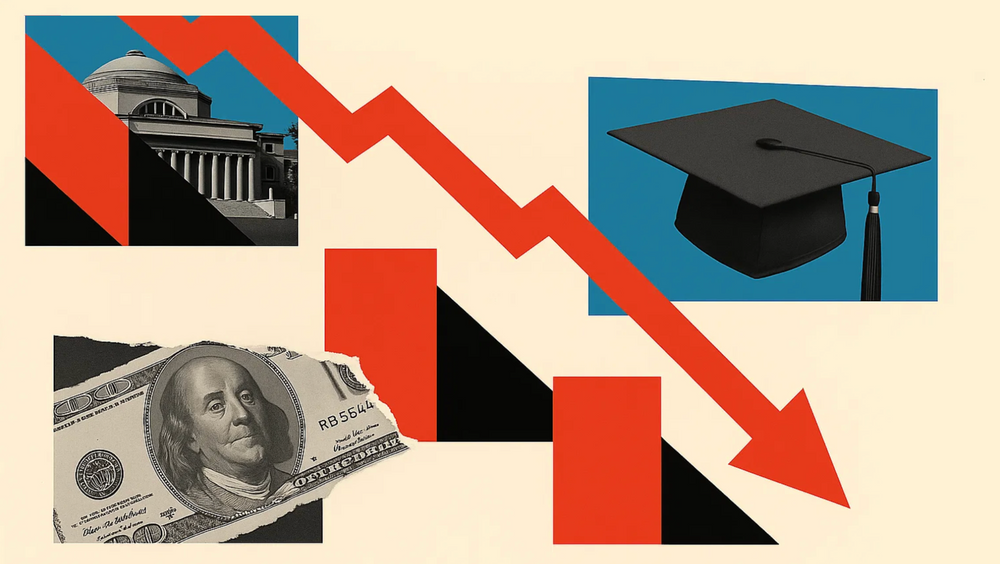


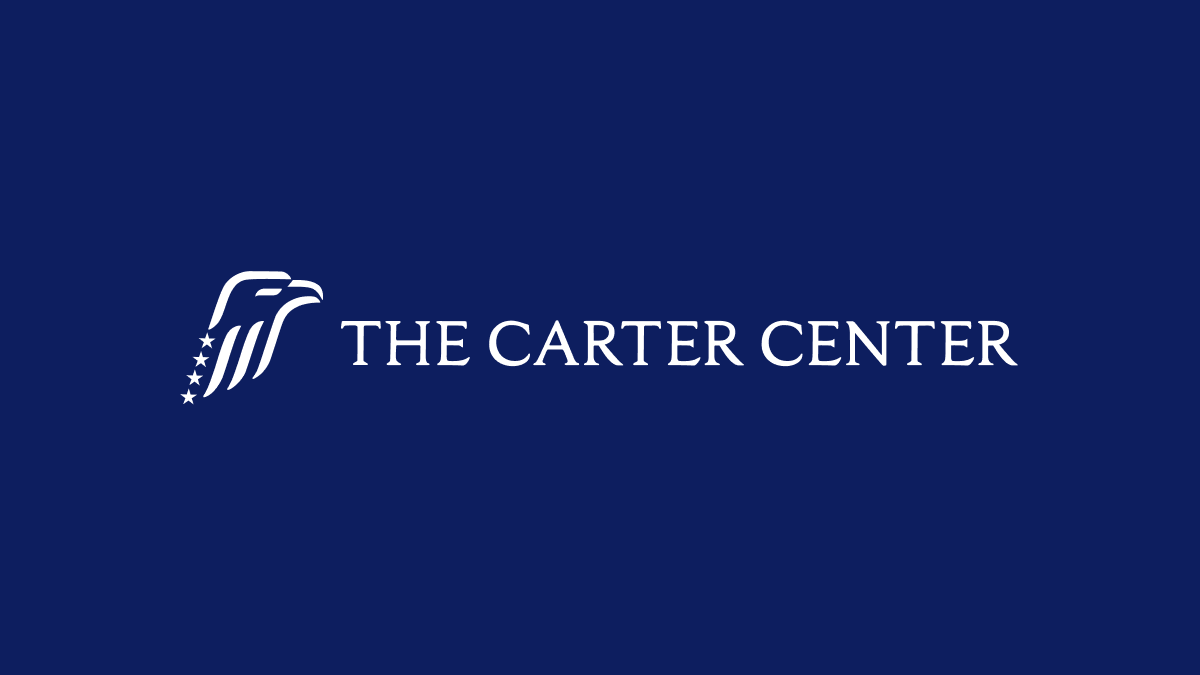



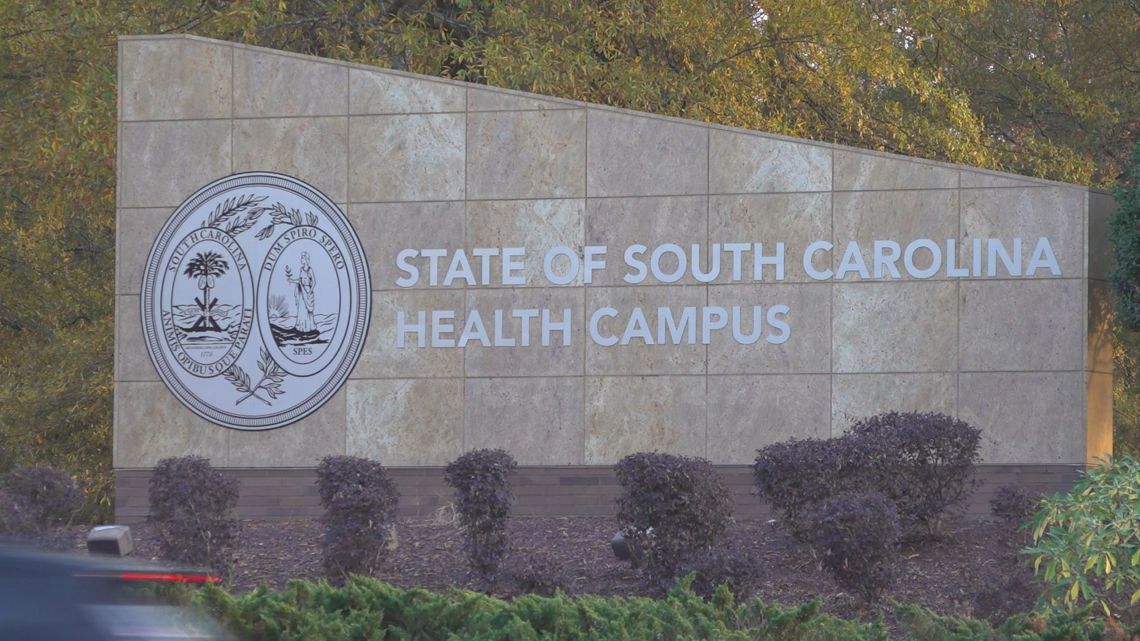





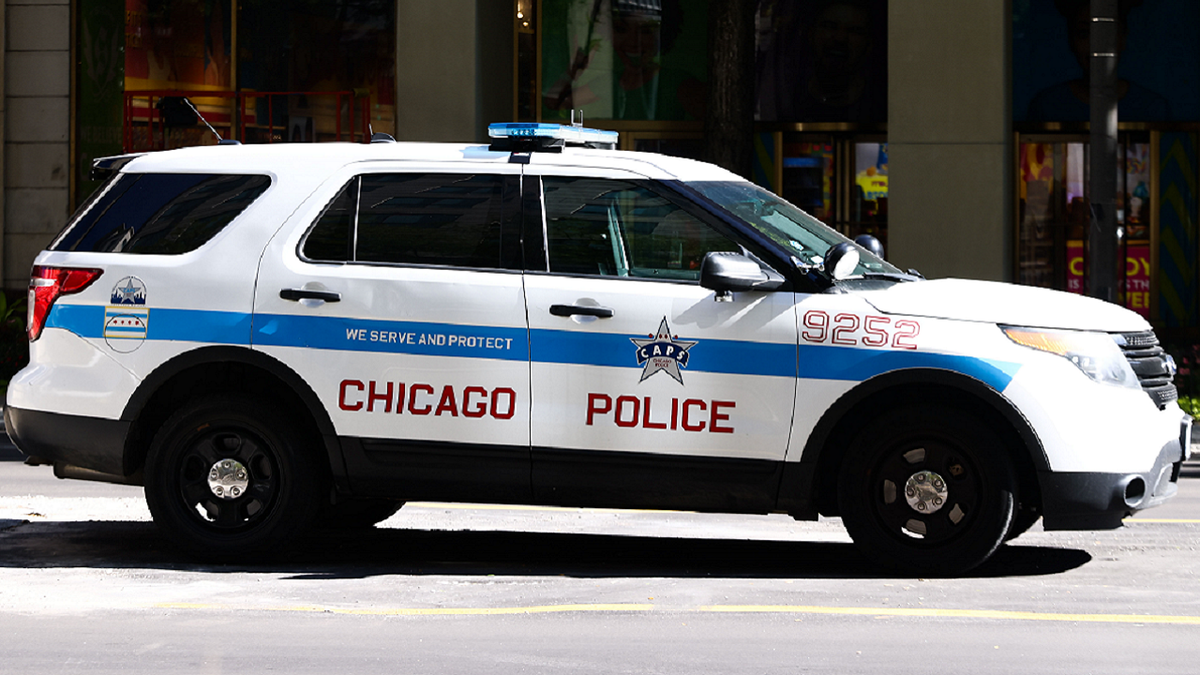














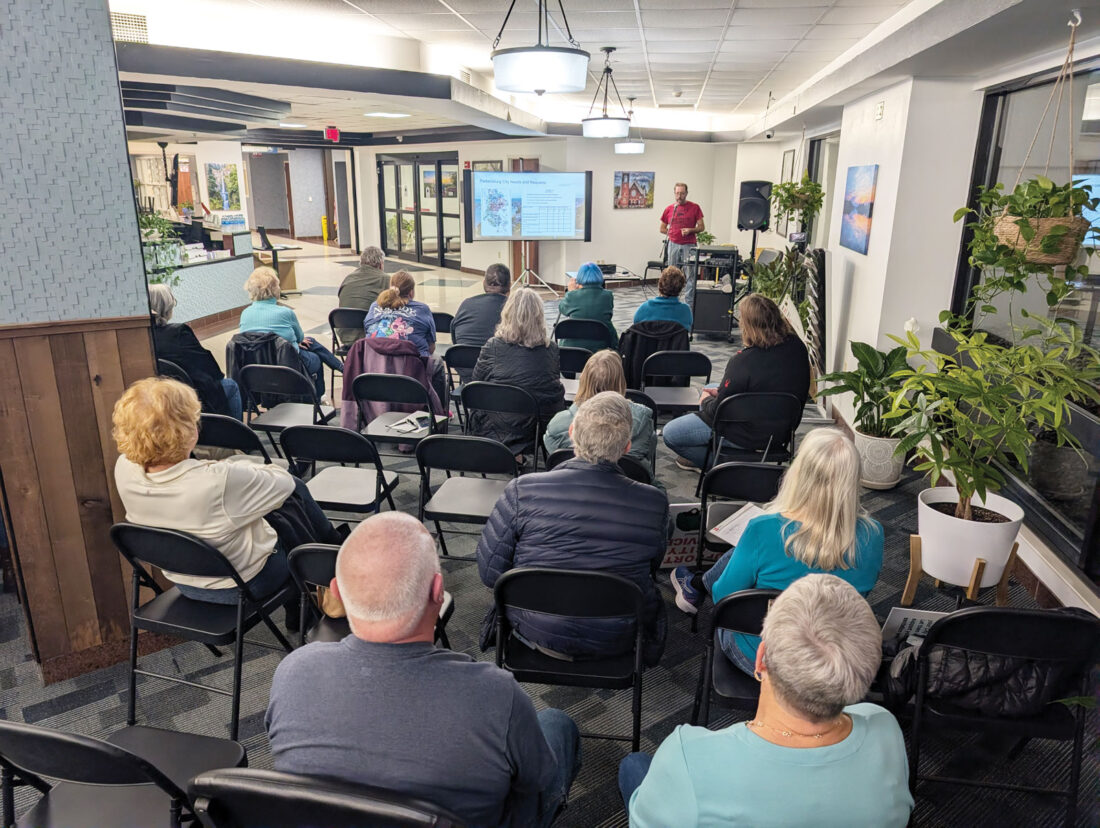
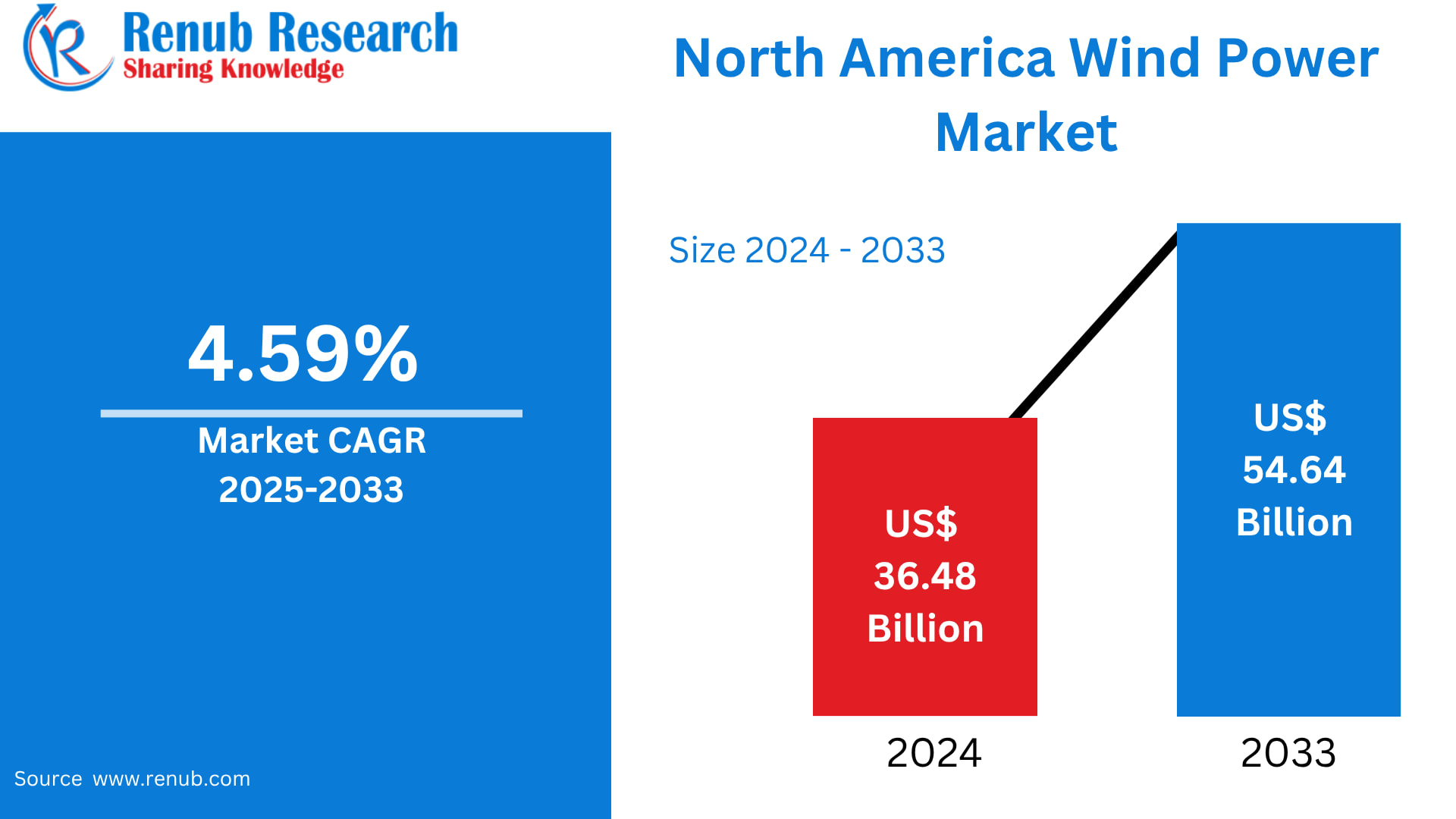
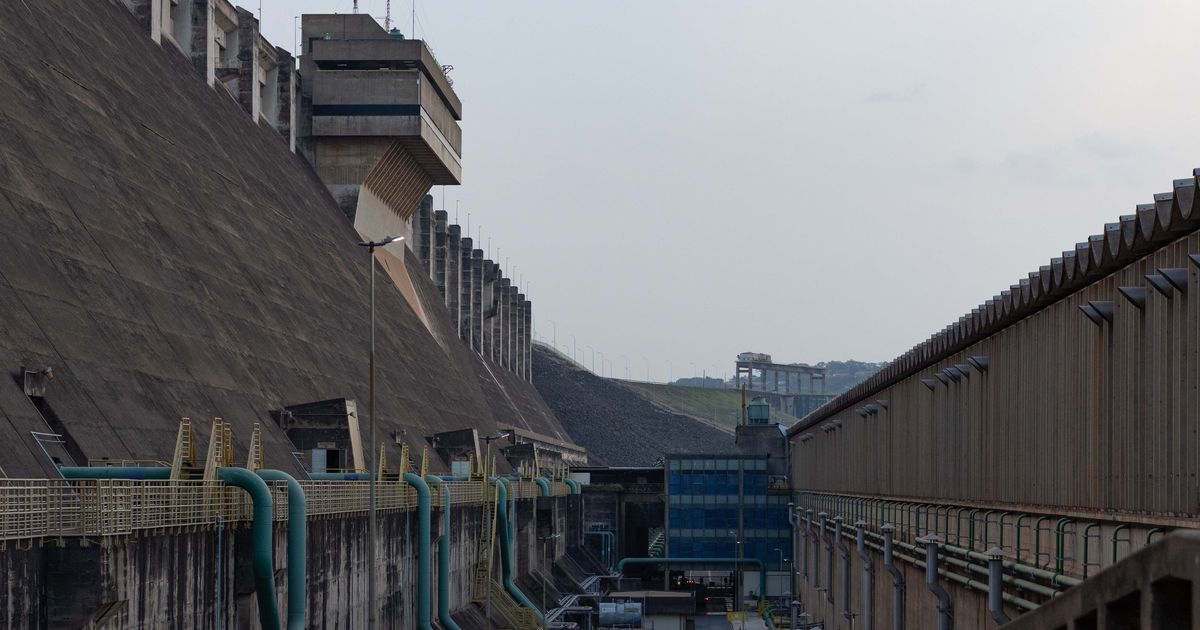





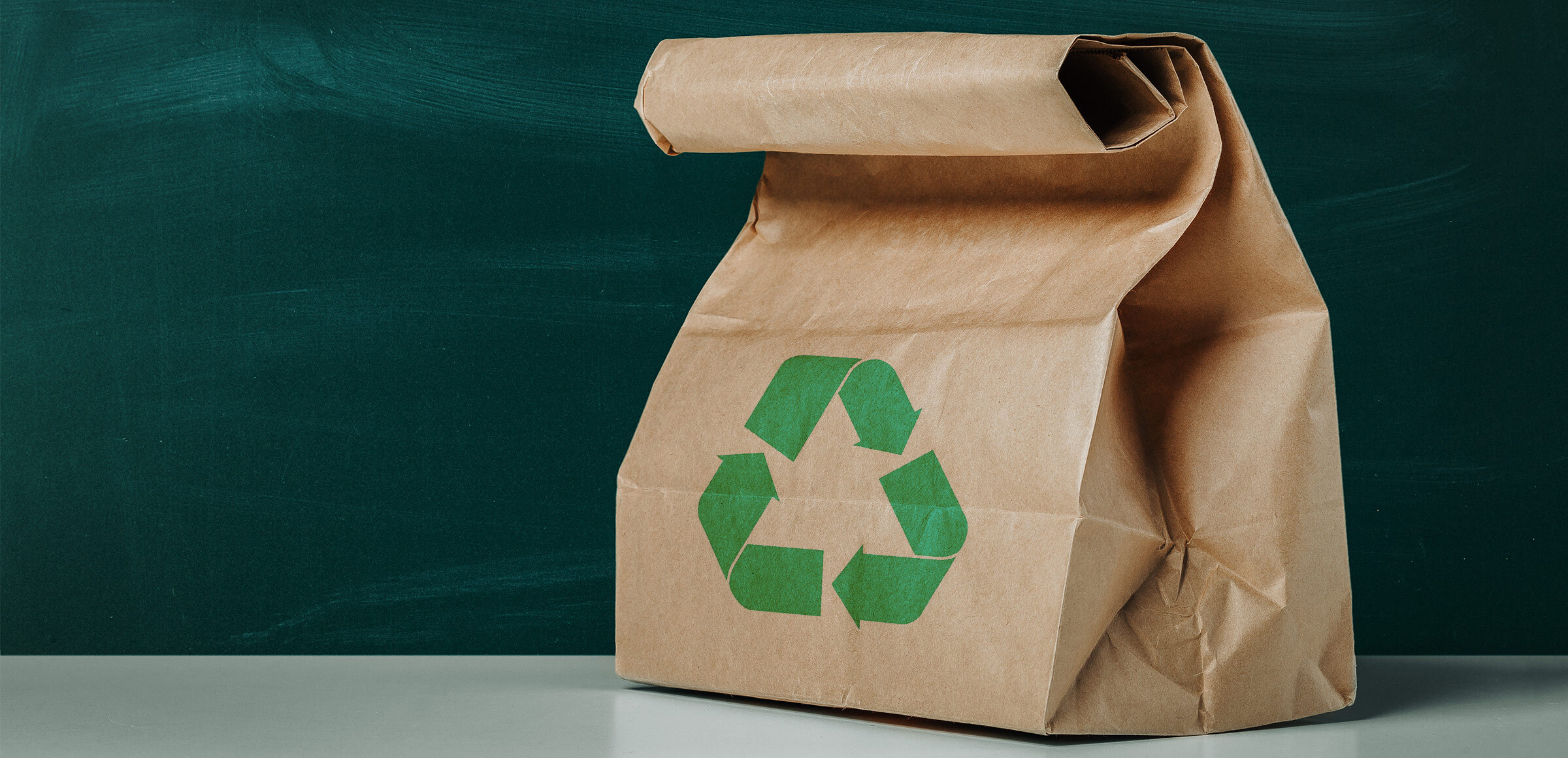





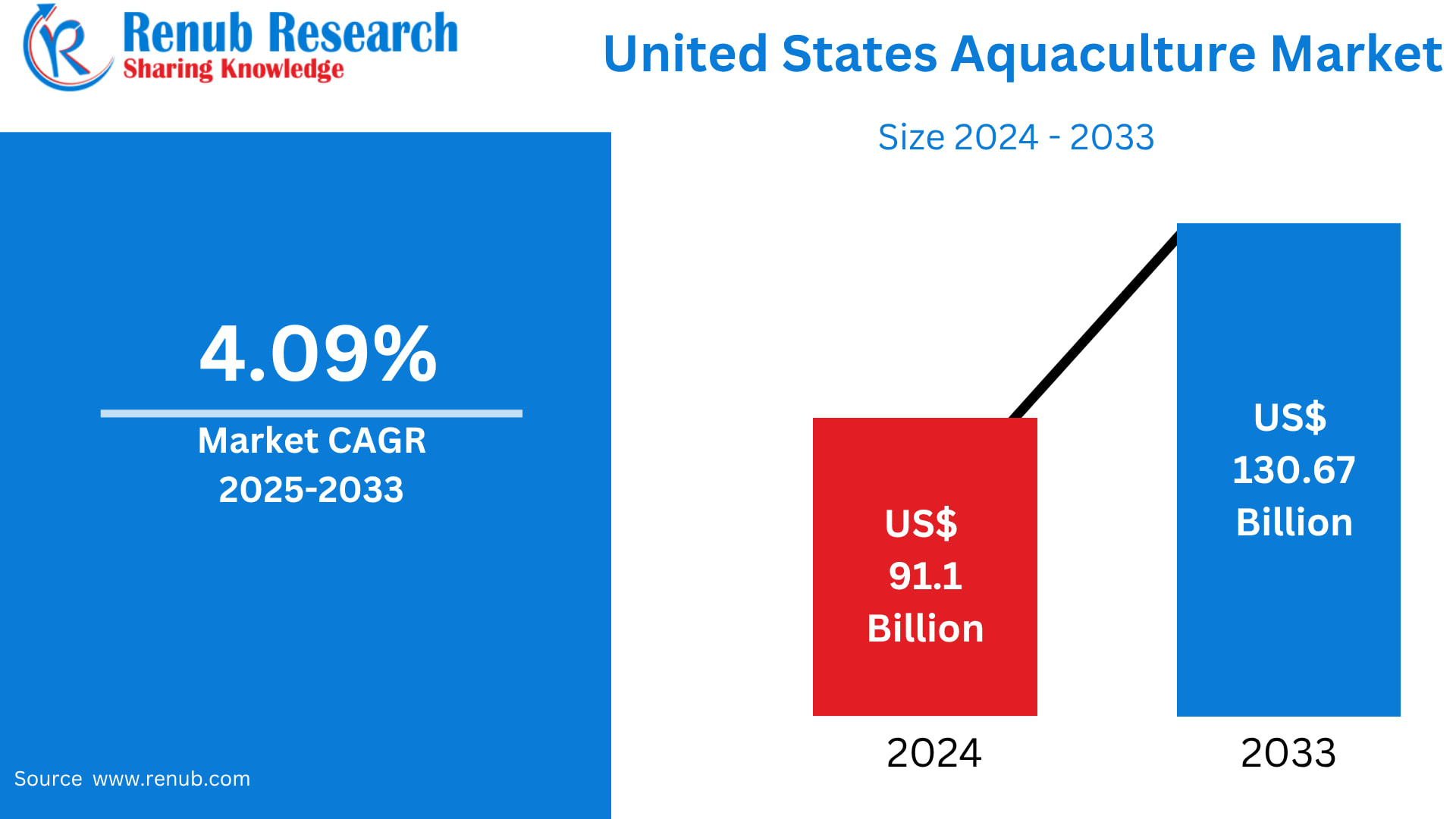







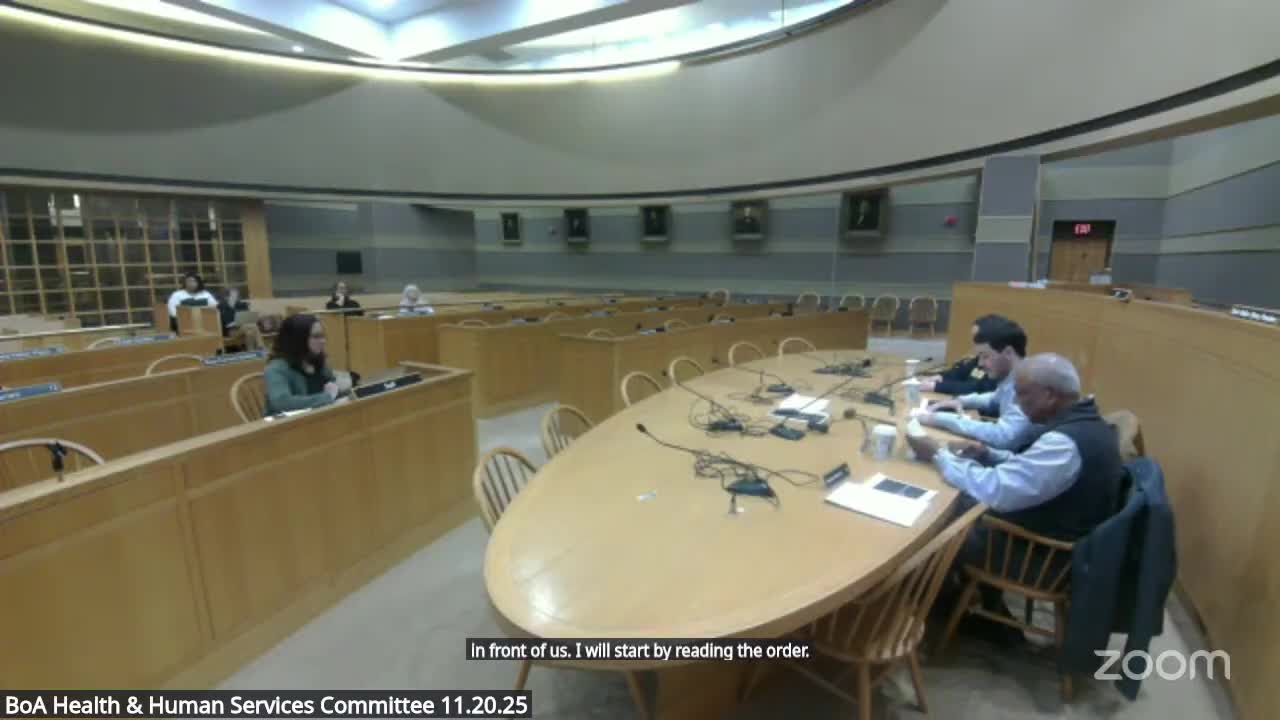



.jpg?format=1500w#)






